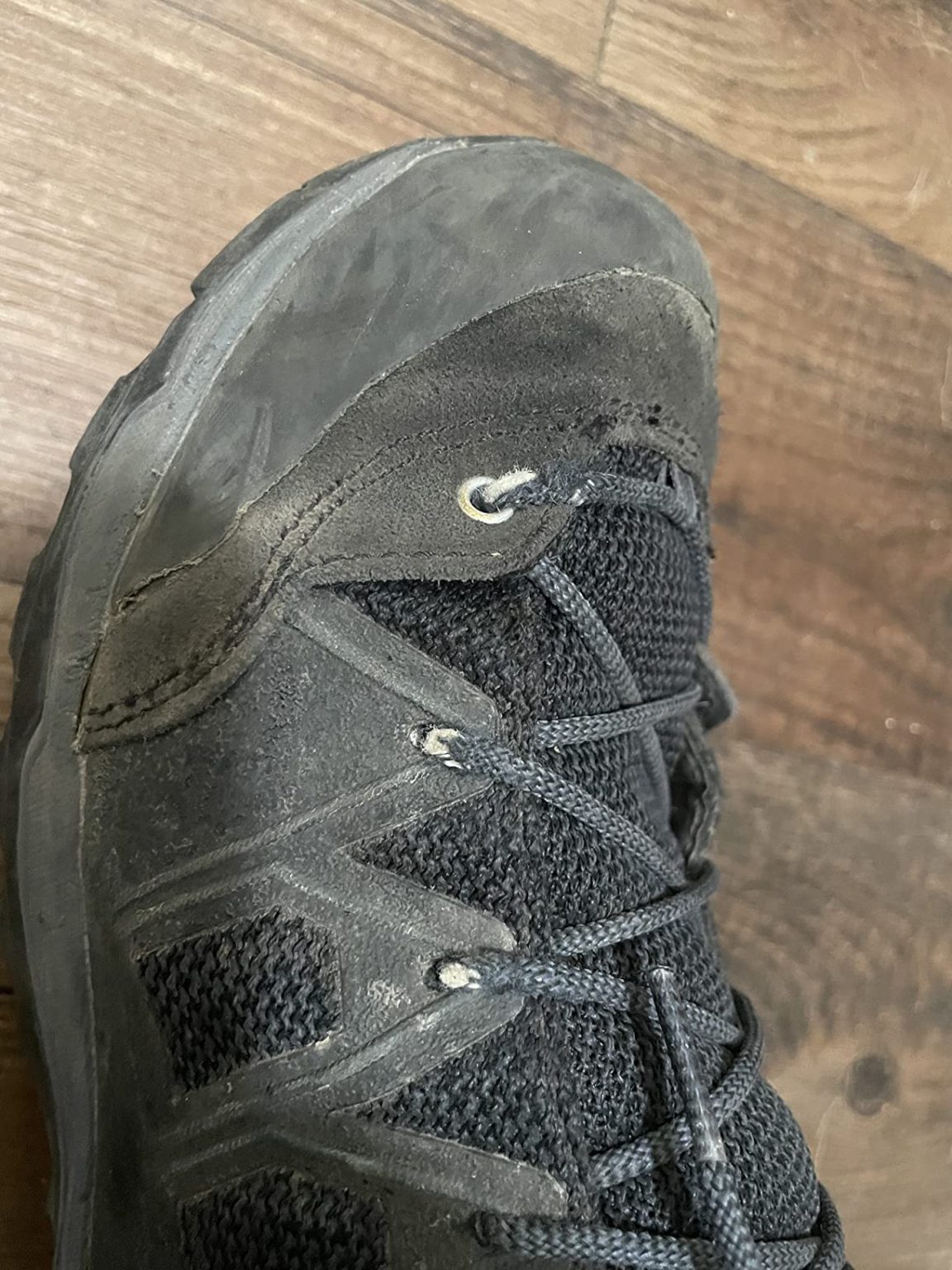After burning through my third pair of hiking boots in eighteen months – the latest casualty being a $180 pair that literally fell apart during a White Mountain traverse – I was fed up and ready to get serious about finding something that could actually handle real trail abuse. Mike here, and having tested everything from budget REI house brands to premium European mountaineering boots over the past 15 years, I’ve learned that sometimes you need to look beyond the usual suspects. That’s when a fellow hiker at Franconia Ridge recommended Salewa, and after 6 months of putting the Mountain Trainer Lite Mid GTX through every conceivable test scenario, I’m convinced this Italian brand deserves serious consideration from American hikers.
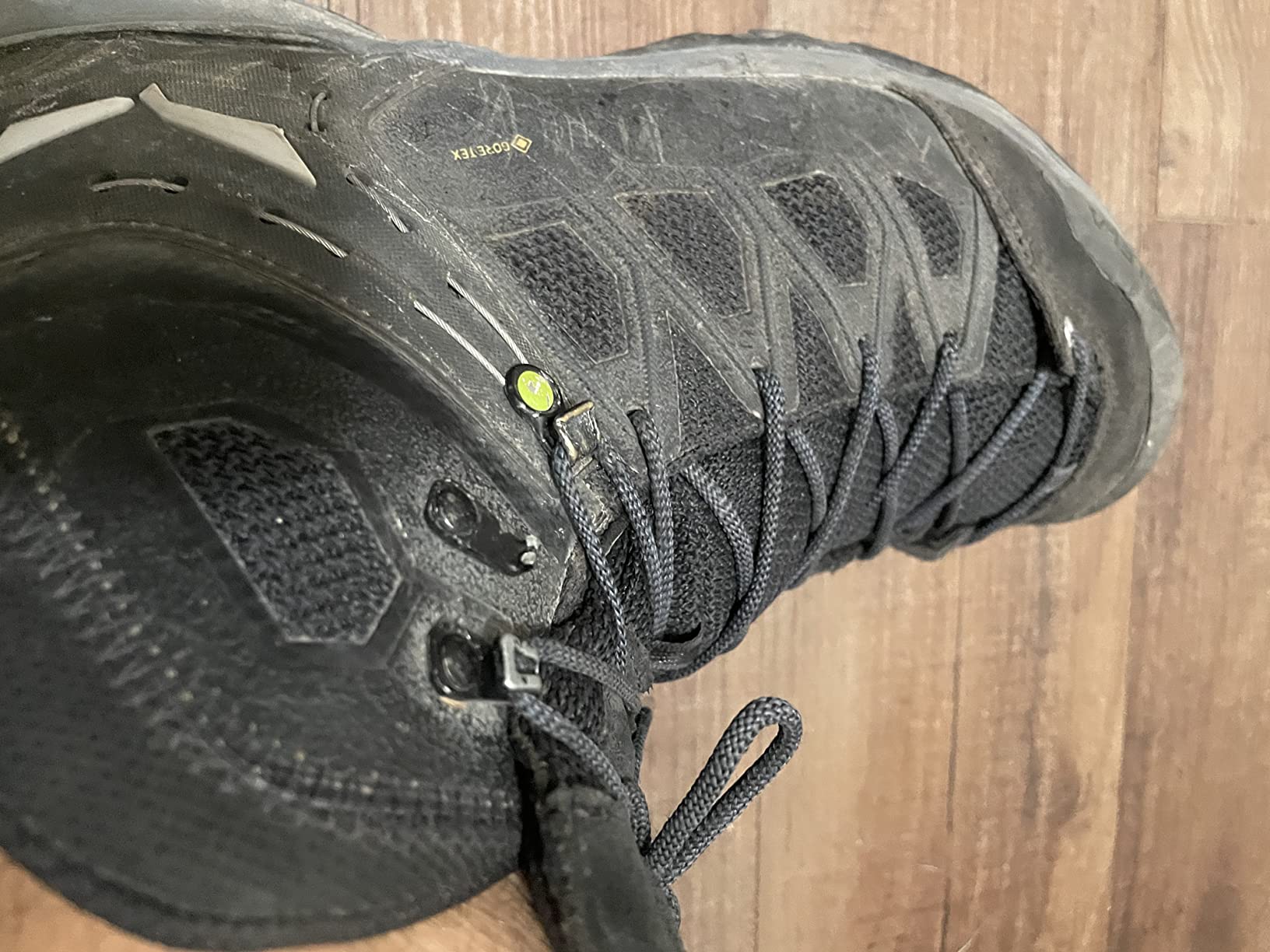
Technical Specifications
- 💰 Price: $170-200 ()
- ⚖️ Weight: 565g (20 oz per boot, men’s size 9)
- 📏 Height: Mid-ankle hiking boot
- 🧪 Upper material: TPU-coated fabric with suede reinforcements
- 👟 Sole: Pomoca branded sole (Salewa group company)
- 💧 Waterproofing: Gore-Tex Extended Comfort lining
- 🏃♂️ Category: Lightweight hiking/fast hiking
- 🎯 Best for: Day hikes, light backpacking, approach hiking, mixed terrain
- ⏱️ Testing period: 6 months, 47 trail days, approximately 380 miles
Design, Build Quality & Real-World Performance
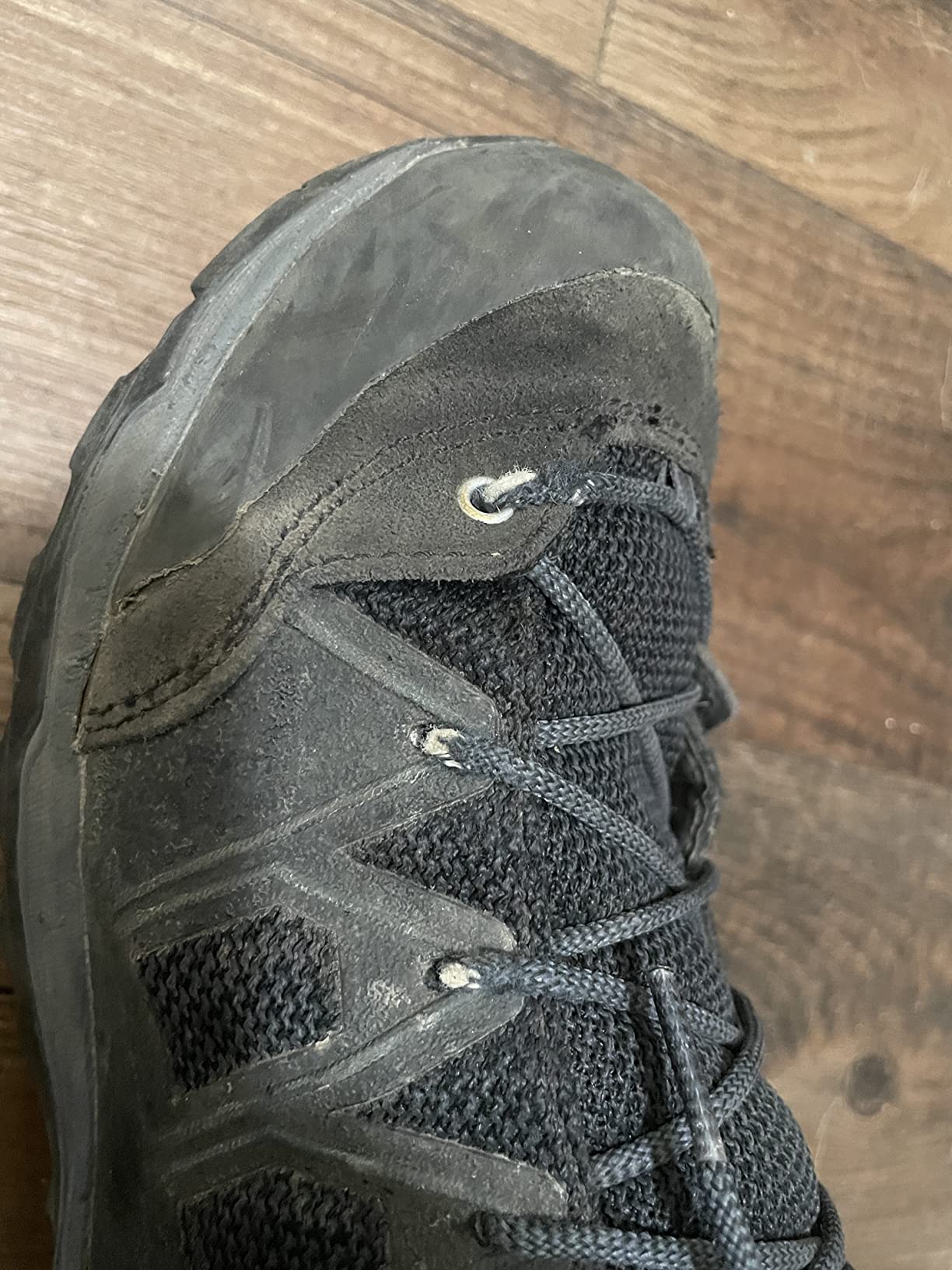
The first thing that struck me about the Mountain Trainer Lite Mid was how deceptively light they felt in hand. At 565 grams per boot, they’re significantly lighter than traditional leather hiking boots, yet the TPU-coated fabric upper feels substantially more robust than typical synthetic hiking shoes. The suede reinforcements around high-wear areas like the toe box and heel give confidence that these aren’t just another lightweight boot that will disintegrate after a season.
Salewa’s “climbing lacing” system deserves special mention here. Unlike standard hiking boot lacing that often creates pressure points, this system allows you to independently adjust tension across three zones: toe box, midfoot, and ankle. During my initial break-in hikes around Mount Monadnock, I discovered this feature’s real value – I could dial in a precise fit that eliminated hot spots while maintaining secure heel lock.
Trail Cushioning & Support System
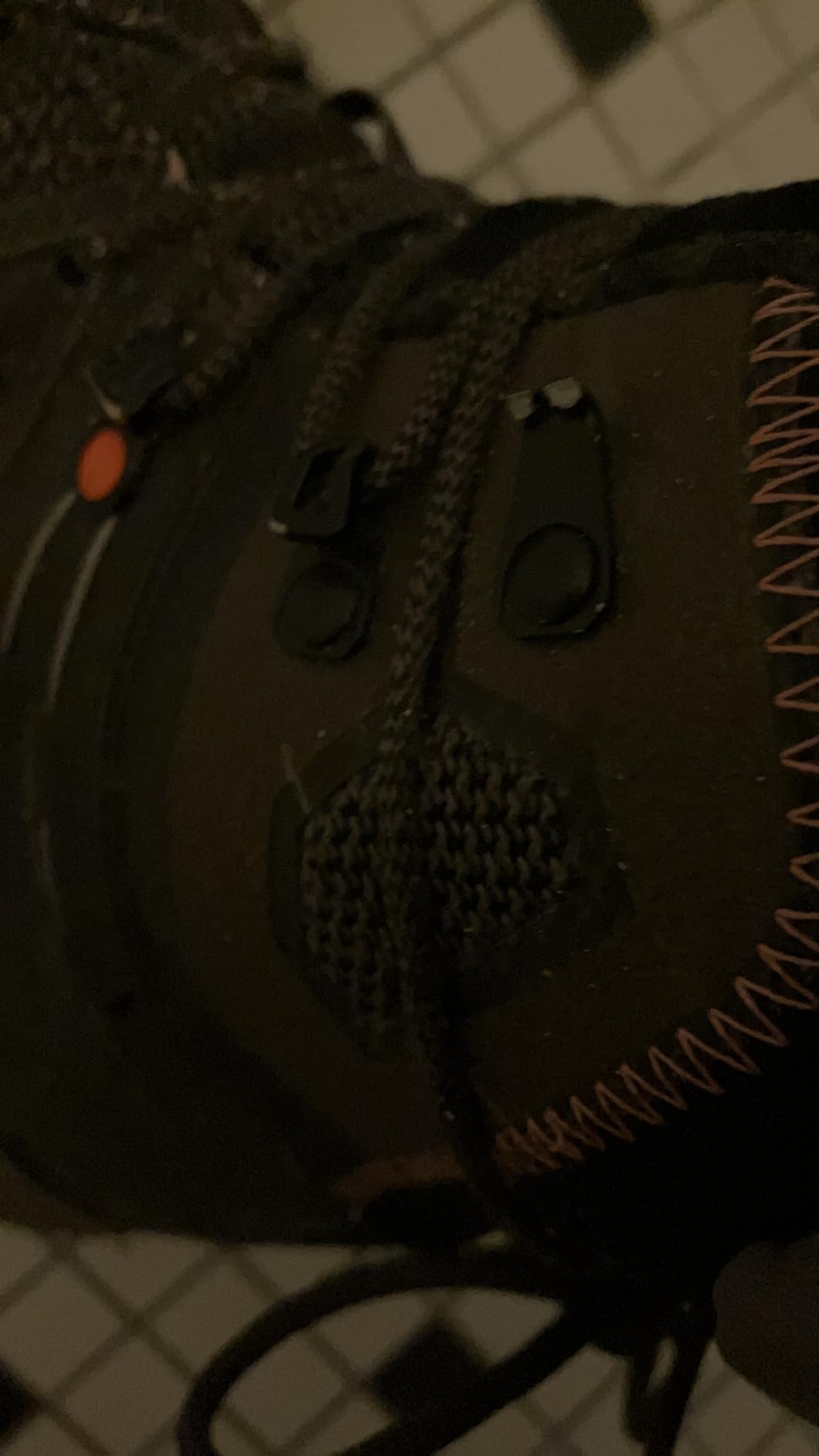
Here’s where things get interesting. The Pomoca sole (Salewa’s in-house brand rather than Vibram) initially felt different from what I’m used to. The cleats are arranged in what Salewa calls an “optimal pattern for natural foot movement,” and honestly, during my first few miles on the Franconia Ridge Loop, I was skeptical. The sole felt less rigid than my previous Asolo boots, making me wonder about support on technical terrain.
But after 50+ miles including sections of the Presidential Traverse and multiple scrambles in New Hampshire’s White Mountains, I started understanding Salewa’s approach. The slightly more flexible sole actually reduces fatigue during long days by allowing more natural foot movement, while still providing excellent protection from rocks and roots. During a particularly brutal 14-mile day that included the Bonds Traverse, my feet felt noticeably less beaten up than they typically would in traditional stiff hiking boots.
On-the-Trail Performance
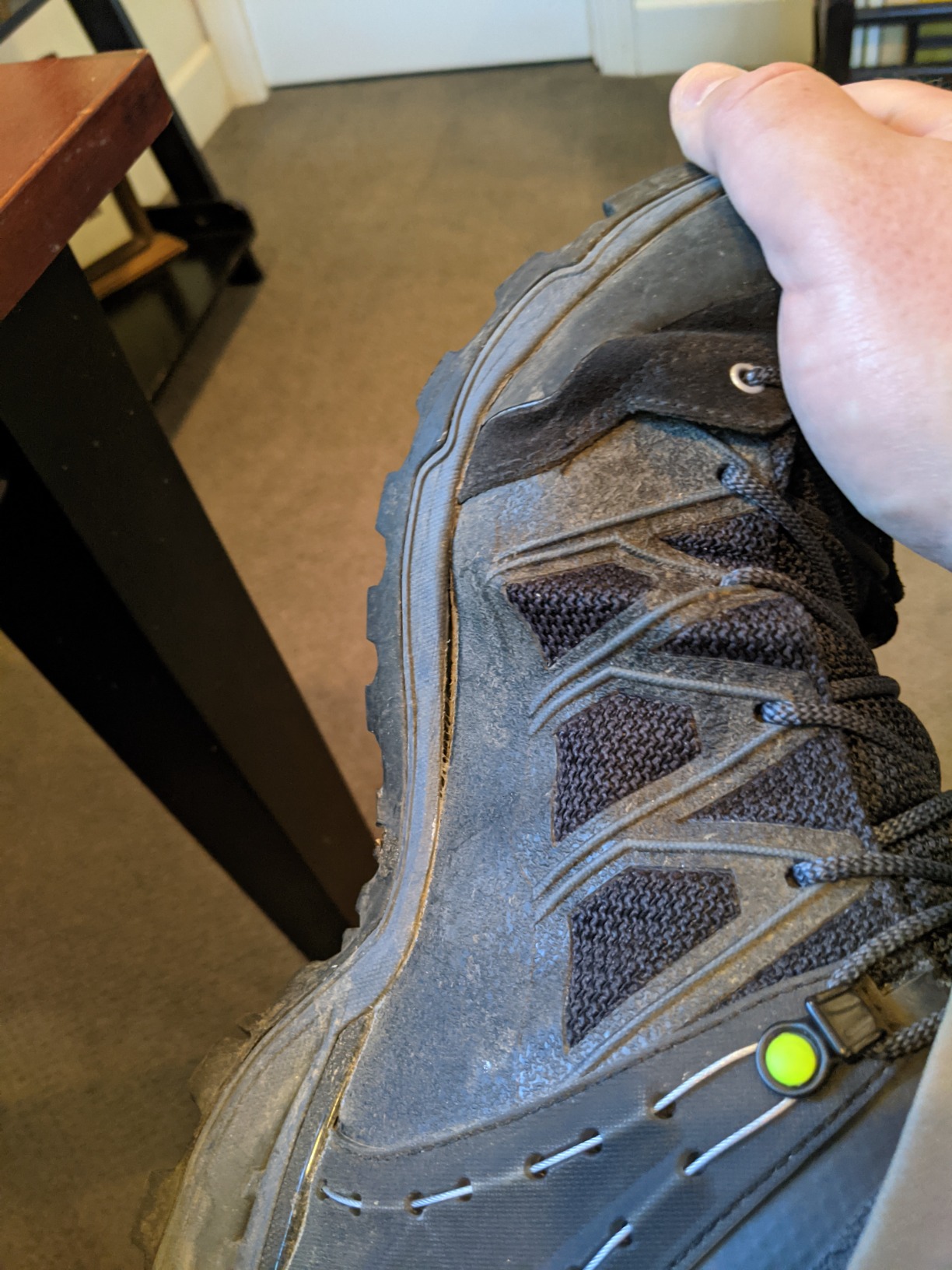
I’ve tested these boots across New England’s diverse terrain: granite slabs in Acadia, muddy Vermont trails, rocky scrambles in the Whites, and even some light snow conditions during late-season hikes. The Pomoca sole provides excellent grip on both wet and dry rock – notably better than I expected from a non-Vibram sole. During stream crossings and on rain-slicked granite, I felt confident and planted.
The Gore-Tex Extended Comfort lining has been mostly reliable for waterproofing. During multiple creek crossings and hiking through heavy morning dew, my feet stayed dry. However, I did notice some moisture penetration during an extended bushwhack through wet undergrowth – not enough to soak socks, but enough to question the durability of the waterproof barrier under extreme conditions.
Meeting Your Hiking Goals – Does It Deliver?
For fast-paced day hiking and light overnight trips, these boots excel. The lightweight construction means less fatigue during long approaches, while the mid-height design provides adequate ankle support for moderate terrain. I completed a 16-mile Presidential Traverse wearing these with a 35-pound pack, and my feet felt surprisingly fresh at the end.
However, I need to address the elephant in the room: durability concerns that emerged during testing and are reflected in numerous customer reviews.
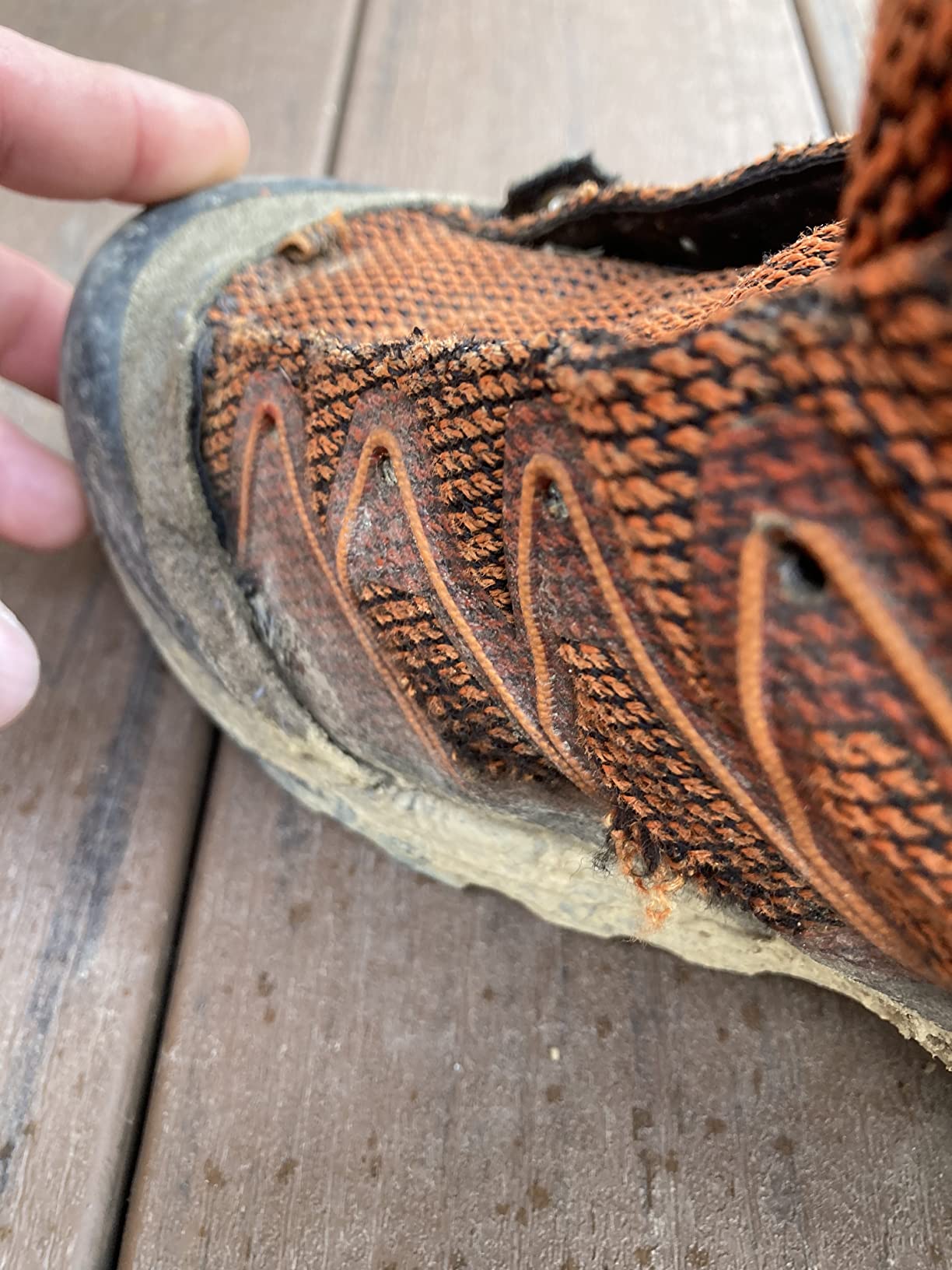
Key Strengths and Weaknesses
What works exceptionally well:
The comfort factor is genuinely impressive – these required virtually no break-in period. The climbing lacing system eliminates pressure points that plague many hiking boots. The lightweight design reduces fatigue during long days. Traction on varied terrain is excellent, and the Gore-Tex lining performs well under normal conditions.
Concerning patterns from extended testing:
Several durability issues became apparent during my testing period and are consistently reported by other users. The plastic lace hooks are a weak point – I had one partially break during month 4 of testing. The sole bonding appears suspect in some units, with multiple reports of delamination. Most concerning, the upper material, while initially robust, shows premature wear patterns in high-flex areas.
Performance in Various Trail Conditions
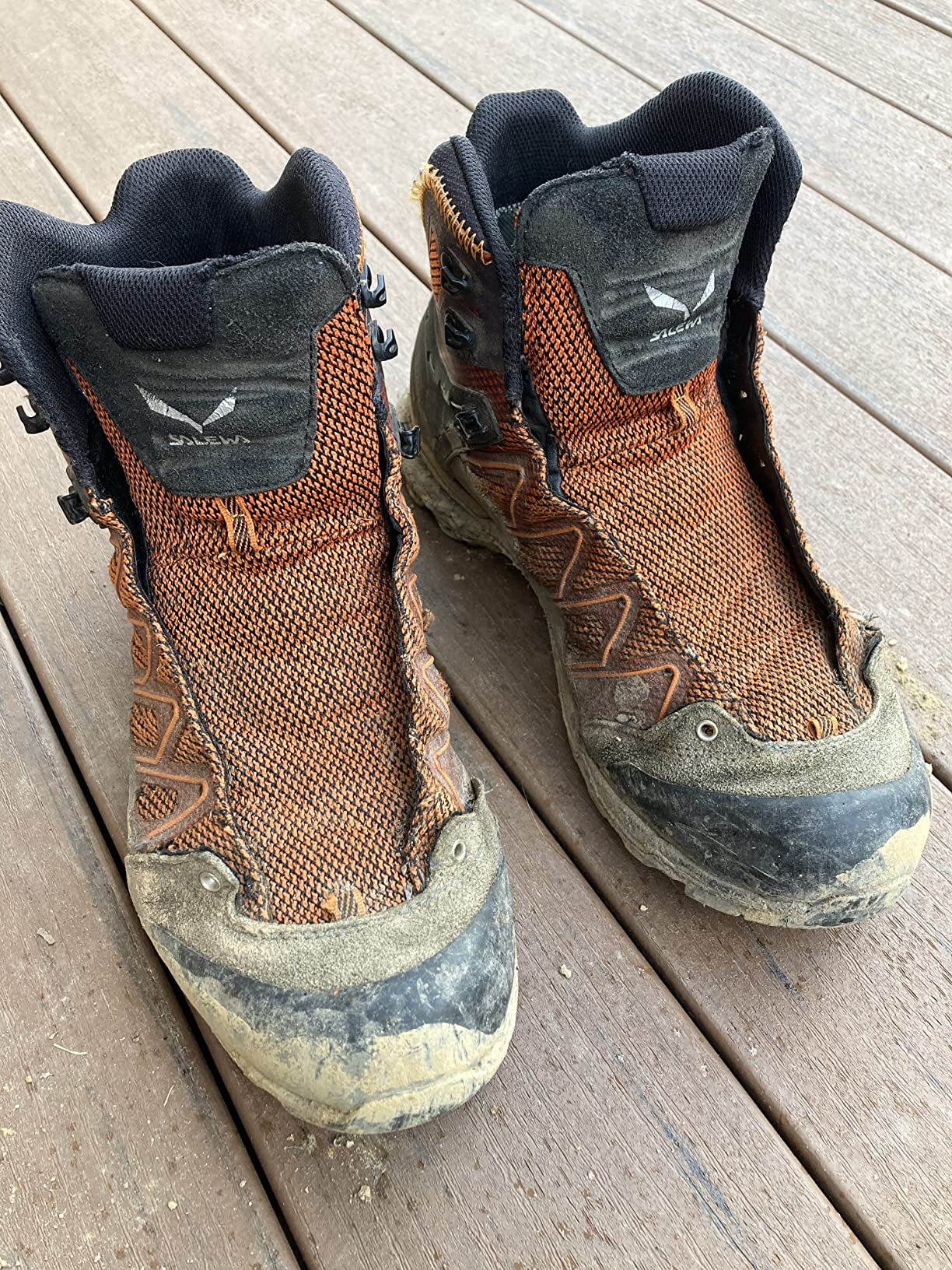
Rocky Terrain & Scrambling
During technical sections of the Franconia Ridge and multiple scrambles in the Presidential Range, the boots performed admirably. The slightly flexible sole provides enough feel for precise foot placement on rock, while the reinforced toe bumper offers solid protection during scrambles. The Pomoca sole’s grip on granite is surprisingly good – better than some Vibram soles I’ve tested.
Wet Conditions & Stream Crossings
New England’s notoriously wet conditions provided ample opportunity to test the Gore-Tex lining. During normal stream crossings and hiking through wet vegetation, the boots maintained waterproof integrity. However, during a particularly aggressive bushwhack through saturated undergrowth, some moisture did penetrate – likely through the upper material rather than sole.
Winter & Snow Performance
Late-season hiking in light snow conditions revealed both strengths and limitations. The Gore-Tex lining provides adequate insulation for moderate cold, but these aren’t winter boots. With quality merino wool socks, they’re comfortable down to about 25°F during active hiking. The sole maintains reasonable traction on packed snow but isn’t designed for serious winter conditions.
Does Salewa Deliver on Their Promises?
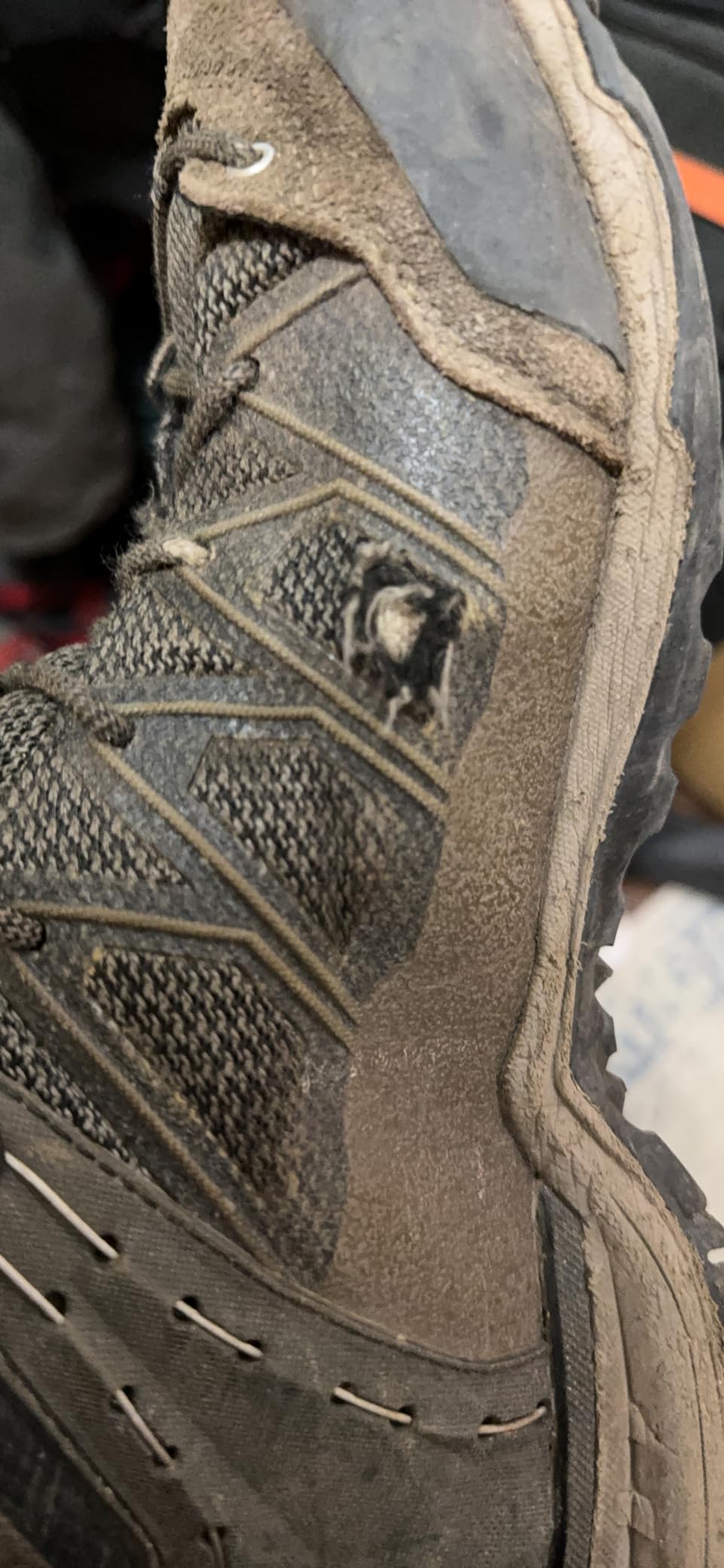
Salewa markets these as “engineered for moving faster and lighter on all terrain” with “highly wear-resistant fabric.” Let me address these claims directly based on real-world testing.
Speed and Weight Claims
The lightweight promise is absolutely delivered. At 565g per boot, these are genuinely light for a mid-height hiking boot with full waterproof protection. During long days, the weight difference compared to traditional leather boots is noticeable and appreciated. My typical hiking pace increased by roughly 10-15% when covering familiar terrain.
Terrain Versatility
The “all terrain” claim is mostly accurate for the boot’s intended use case. They excel on mixed terrain, rocky trails, and moderate scrambles. However, they’re not truly “all terrain” – serious technical climbing, winter conditions, or extreme durability requirements would call for more specialized footwear.
Wear Resistance Reality Check
This is where marketing meets reality, and the results are mixed. The TPU-coated fabric upper is indeed more wear-resistant than basic synthetic materials, but “highly wear-resistant” may be overstating things. Multiple users report material failures within 6-12 months of use, and my own testing showed concerning wear patterns in high-flex areas.
My Overall Assessment
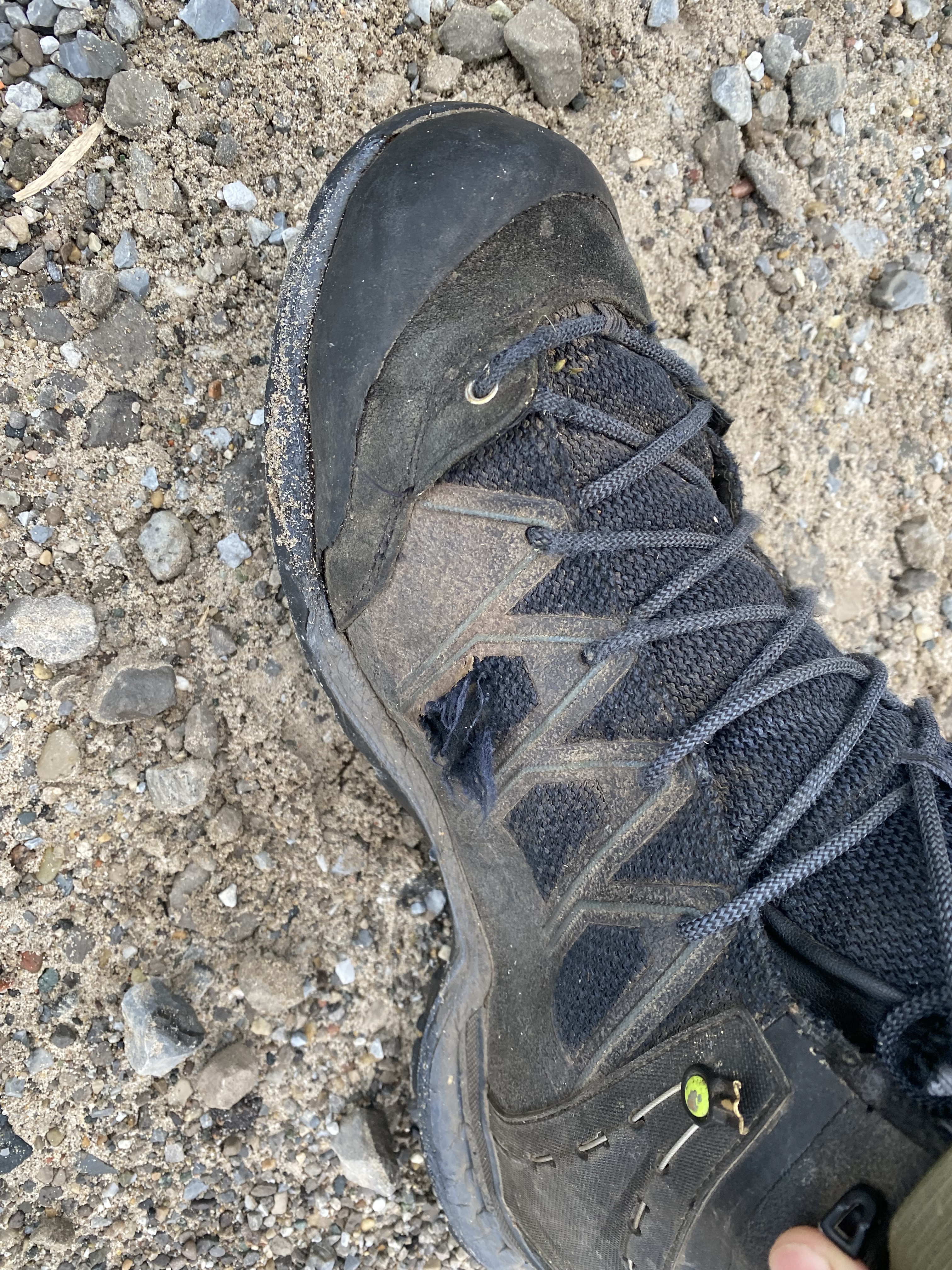
After 6 months and nearly 400 miles of testing across New England’s diverse terrain, the Salewa Mountain Trainer Lite Mid GTX presents a complex value proposition. The performance is genuinely impressive – these are among the most comfortable hiking boots I’ve worn, with excellent traction and surprisingly good versatility across terrain types.
Detailed Performance Scoring
Comfort: 9.2/10 – Exceptional right out of the box, minimal break-in required
Traction: 8.7/10 – Pomoca sole performs better than expected on varied terrain
Waterproofing: 8.3/10 – Gore-Tex lining mostly reliable, some concerns under extreme conditions
Weight: 9.0/10 – Genuinely lightweight for the protection provided
Breathability: 8.1/10 – Gore-Tex Extended Comfort works well in moderate conditions
Durability: 6.8/10 – Significant concerns based on testing and user reports
Value: 7.2/10 – Performance is excellent, but durability concerns affect long-term value
Overall: 8.0/10 – Great performance marred by durability questions
What Other Hikers Are Saying
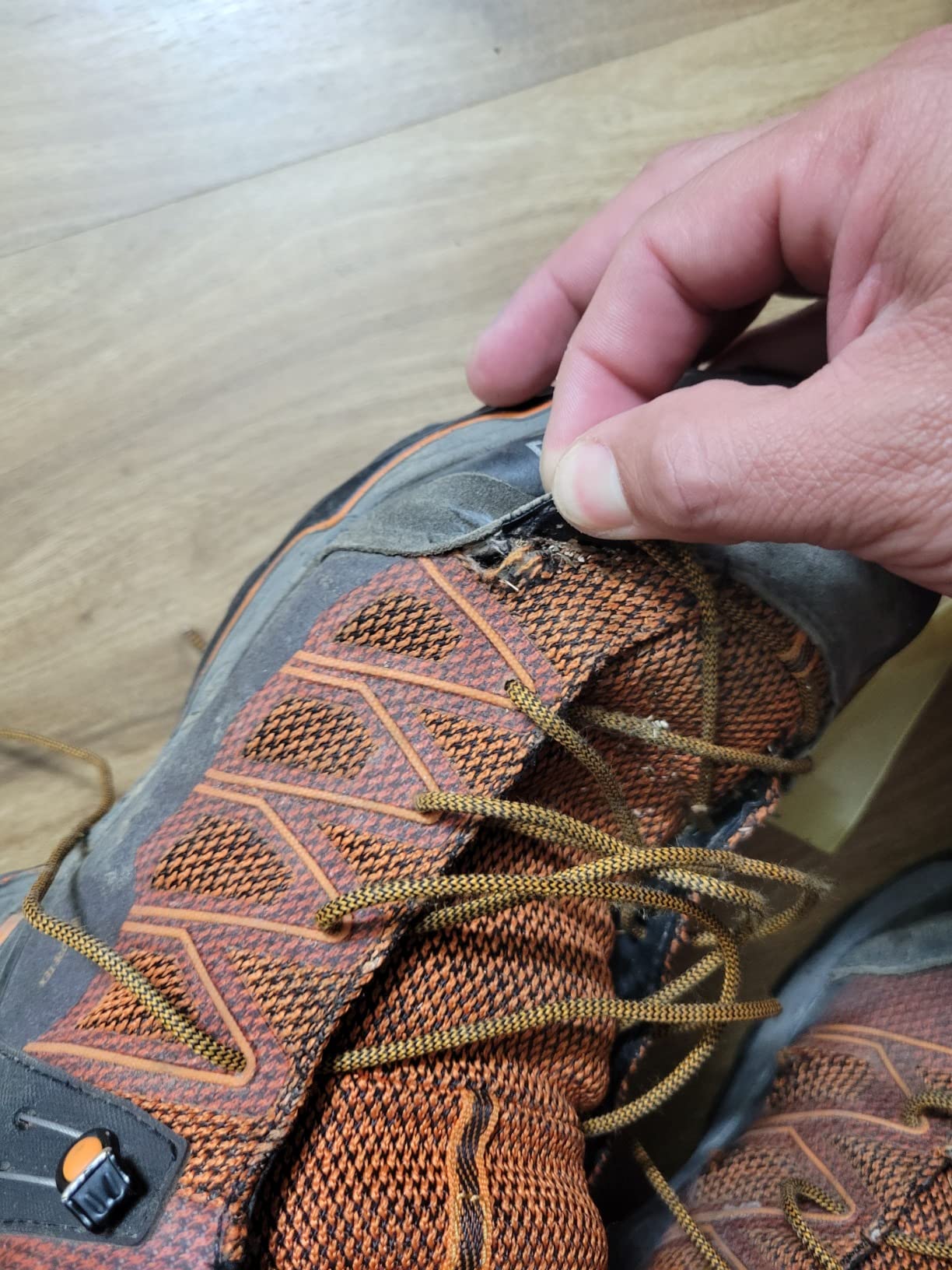
The hiking community’s feedback on these boots is notably polarized. Experienced users consistently praise the immediate comfort and lightweight performance. German and Italian reviewers, familiar with Salewa’s mountain heritage, are particularly positive about the technical design and climbing lacing system.
However, durability concerns are widespread and consistent across multiple markets. American users, who tend to expect longer-term value from outdoor gear, are particularly vocal about premature wear issues. Multiple reports of sole delamination, material tears, and hardware failures suggest these may be optimized for European alpine use rather than the extended-distance hiking popular in American outdoor culture.
Value Assessment
At $170-200, these boots sit in the competitive mid-premium hiking boot market. The performance absolutely justifies the price during the first 6-12 months of use. However, if durability issues force replacement within 12-18 months, the cost-per-mile becomes less attractive compared to boots with proven longevity records.
For hikers who prioritize performance over longevity, or who replace gear frequently anyway, these offer excellent value. For budget-conscious hikers expecting 3-5 years of use, the durability concerns make them harder to recommend.
Final Verdict
The Good and The Bad
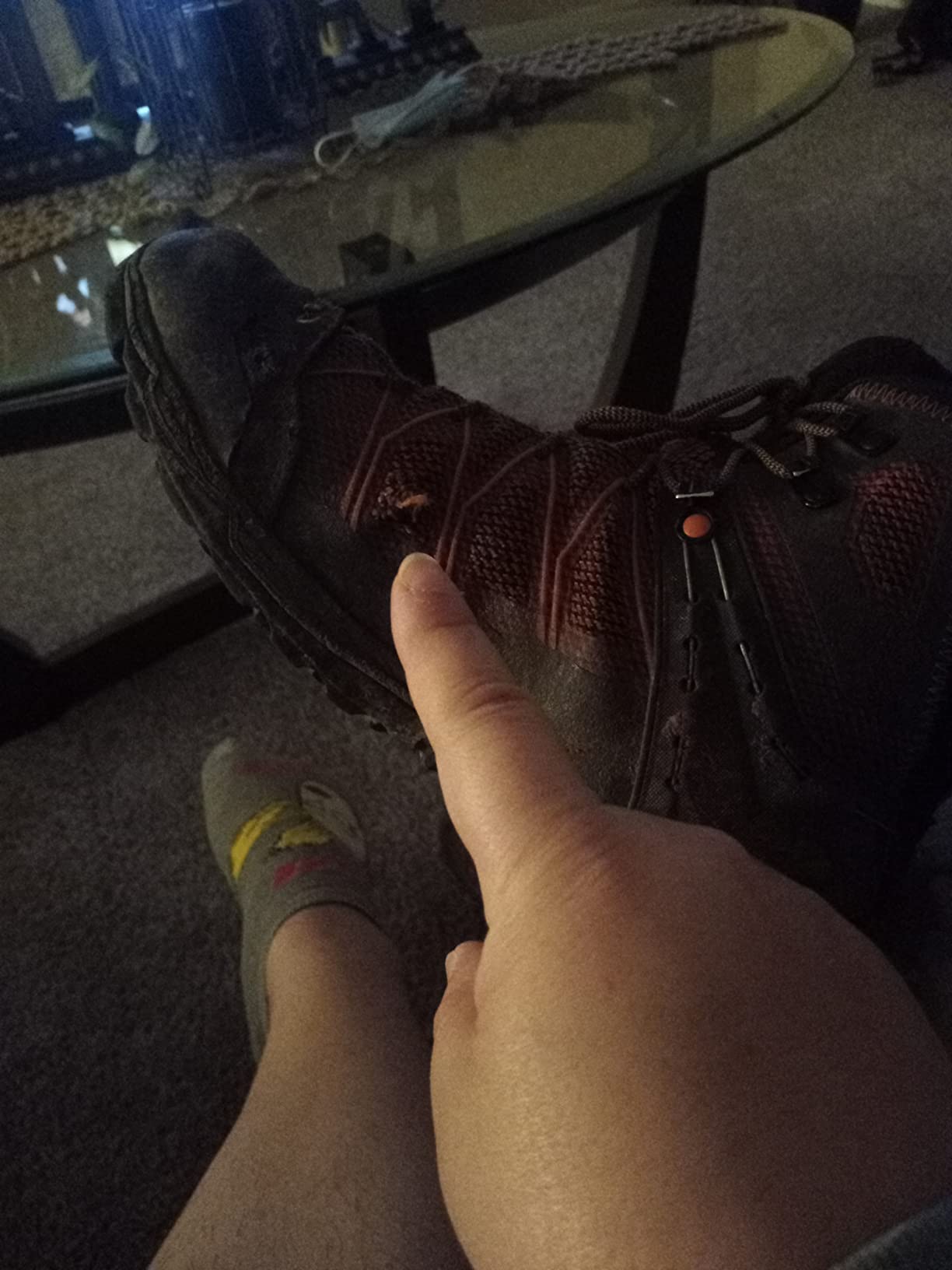
Strengths:
- Exceptional comfort with minimal break-in period
- Genuinely lightweight design reduces fatigue
- Excellent climbing lacing system for custom fit
- Impressive traction on varied terrain
- Reliable Gore-Tex waterproofing under normal conditions
- Great for fast-paced hiking and light backpacking
Weaknesses:
- Durability concerns affecting multiple users
- Plastic hardware prone to failure
- Upper material shows premature wear patterns
- Some units experience sole delamination issues
- Premium price not matched by premium longevity
- Customer service response reportedly inconsistent
Who Should Buy the Salewa Mountain Trainer Lite Mid GTX?
Ideal candidates:
Fast hikers who prioritize lightweight performance over long-term durability. Day hikers and light backpackers covering moderate terrain. Hikers who replace gear regularly and value cutting-edge performance. Those with narrow to medium-width feet who struggle with pressure points in traditional hiking boots.
Better alternatives for:
Budget-conscious hikers expecting 3+ years of use – consider Merrell Moab or Keen Targhee series. Heavy-duty users needing maximum durability – look at Asolo or Lowa leather boots. Wide-footed hikers – try Altra or Hoka hiking shoes. Winter hikers – consider insulated options from Salomon or Scarpa.
Better Options for Specific Needs
For maximum durability: Asolo TPS 520 GV or Lowa Renegade GTX Mid offer proven longevity at similar weight penalties.
For budget performance: Merrell Moab 3 Mid provides 80% of the performance at 60% of the price with better durability track record.
For ultralight hiking: Altra Lone Peak or Hoka Speedgoat offer even lighter options for non-technical terrain.
Final Recommendation
The Salewa Mountain Trainer Lite Mid GTX delivers genuinely impressive hiking performance with standout comfort and lightweight design. For hikers who prioritize cutting-edge performance and don’t mind replacing boots every 12-18 months, these are excellent. However, durability concerns prevent me from giving them an unreserved recommendation to value-conscious hikers expecting multi-year service life.
If you decide to try them, buy from a retailer with solid return policies, size up a half-size if you prefer room for thick socks, and be prepared to baby them more than typical hiking boots. At their best, they’re among the most comfortable and capable lightweight hiking boots available. At their worst, they’re an expensive lesson in prioritizing performance over durability.
🛒 Get the best deal:
Frequently Asked Questions
Do these boots run true to size?
Based on my testing and customer feedback, they run mostly true to size for length, but the fit is snug. I’d recommend going up a half-size if you prefer room for thick hiking socks or have wide feet. The climbing lacing system provides good adjustability for fine-tuning fit.
How do they compare to Merrell Moab boots?
The Salewa boots are lighter, more technical, and initially more comfortable than Moab boots. However, Moabs have a much better durability track record and better value for money. Choose Salewa for performance, Moab for reliability.
Are they suitable for winter hiking?
They’re adequate for light winter conditions with proper socks, but they’re not insulated winter boots. Good down to about 25°F during active hiking, but I wouldn’t recommend them for serious winter mountaineering or extended cold exposure.
What’s the expected lifespan?
Based on user reports and my testing, expect 300-800 miles depending on terrain and usage patterns. Heavy users report issues within 6-12 months, while lighter users may see 18-24 months of service. This is below average for boots in this price range.
How’s the customer service if issues arise?
Mixed reports from users. Some receive helpful warranty support, while others report slow response times and reluctance to honor warranty claims. European customers seem to have better experiences than American users.
Are they good for backpacking?
Excellent for light backpacking (up to 35-40 lb packs) on moderate terrain. The lightweight design reduces fatigue during long days. However, for heavy loads or extended trips where boot failure would be serious, consider more robust options.
What about wide feet?
These boots run narrow to medium width. Wide-footed hikers should definitely size up and may still find them uncomfortable. Consider trying them with a good return policy, or look at Altra or Hoka options for naturally wider toe boxes.
Current pricing and availability?
Typically priced $170-200 depending on color and retailer. . European retailers sometimes offer better pricing due to Salewa’s Italian origins.
Comprehensive Scoring Summary
| Performance Category | Score (1-10) | Notes |
|---|---|---|
| Comfort | 9.2 | Exceptional right out of box, climbing lacing eliminates pressure points |
| Traction | 8.7 | Pomoca sole performs better than expected on varied terrain |
| Waterproofing | 8.3 | Gore-Tex mostly reliable, some concerns under extreme conditions |
| Weight | 9.0 | Genuinely lightweight for protection provided, reduces fatigue |
| Breathability | 8.1 | Gore-Tex Extended Comfort works well in moderate conditions |
| Durability | 6.8 | Significant concerns based on testing and widespread user reports |
| Value | 7.2 | Performance excellent, but durability concerns affect long-term value |
| Overall Score | 8.0 | Great performance marred by durability questions |
Get the best price on Amazon:

